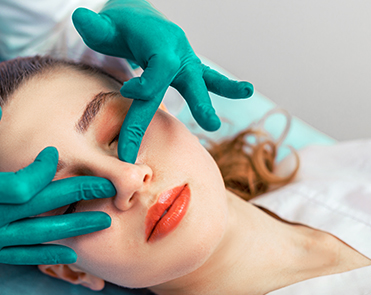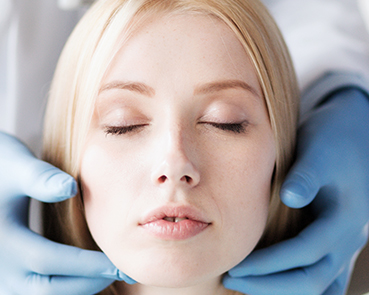-
 feel the changein your life
feel the changein your life -
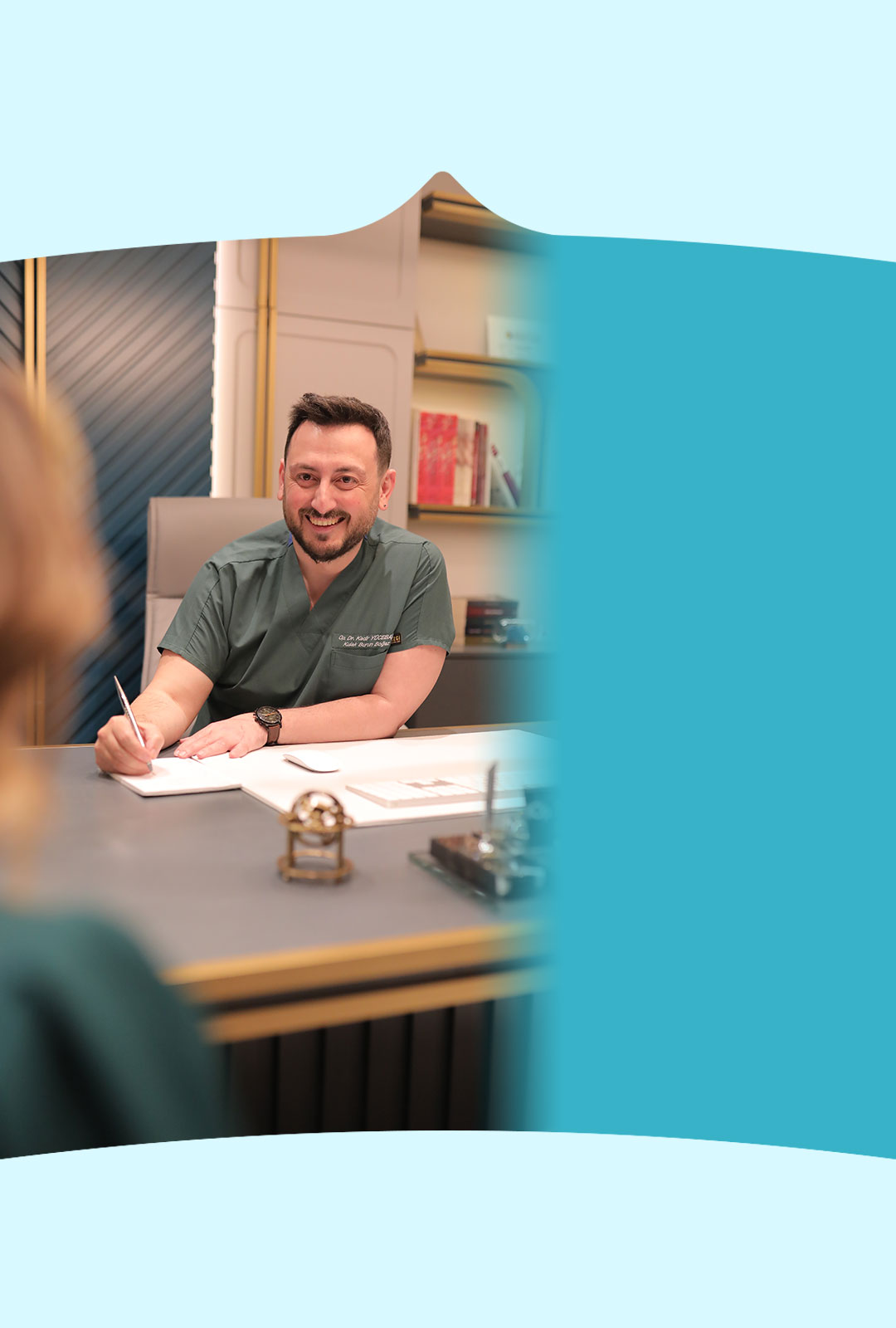 we planthe best for you
we planthe best for you -
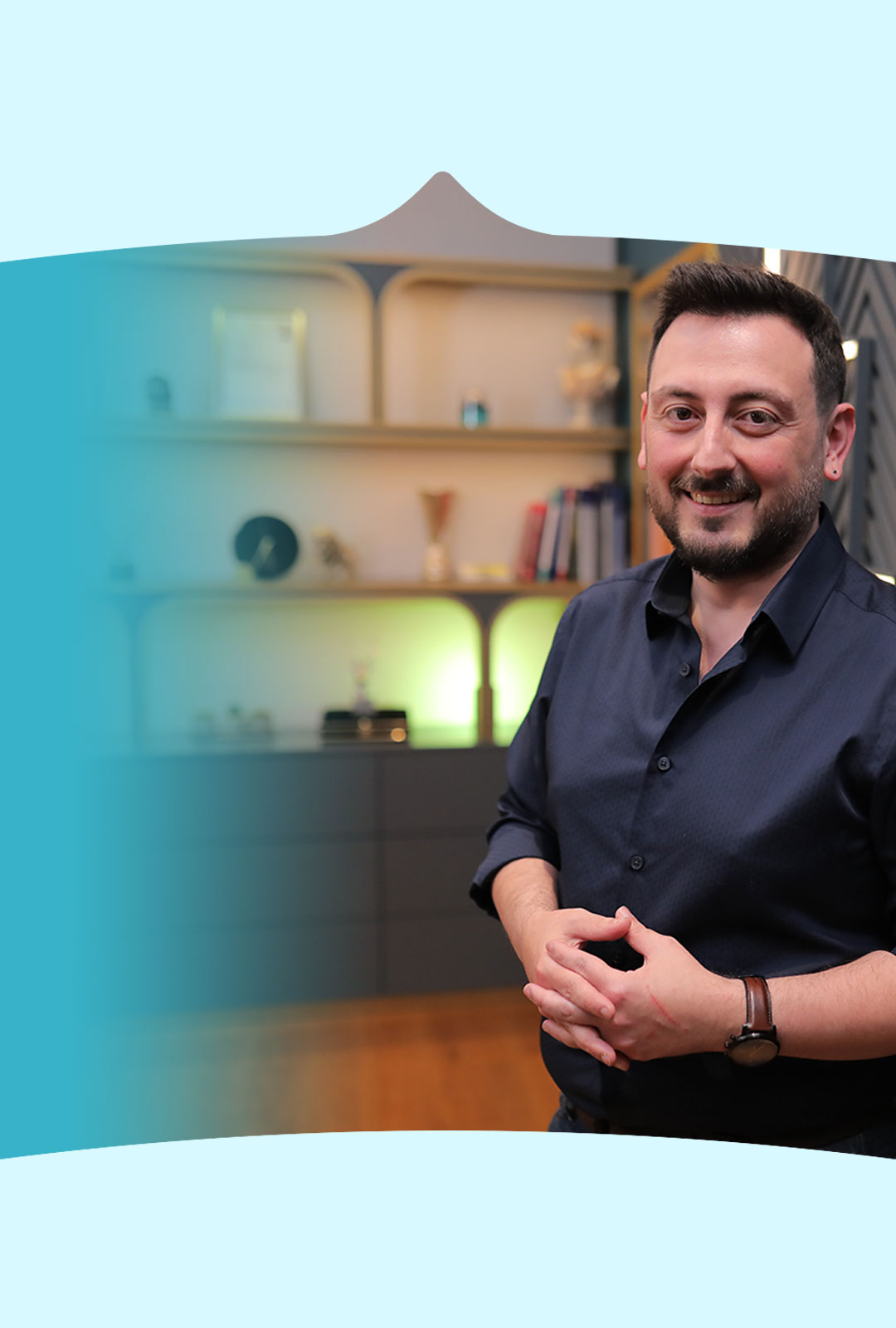 a healthy lifestarts with a well-breathingnose
a healthy lifestarts with a well-breathingnose
-
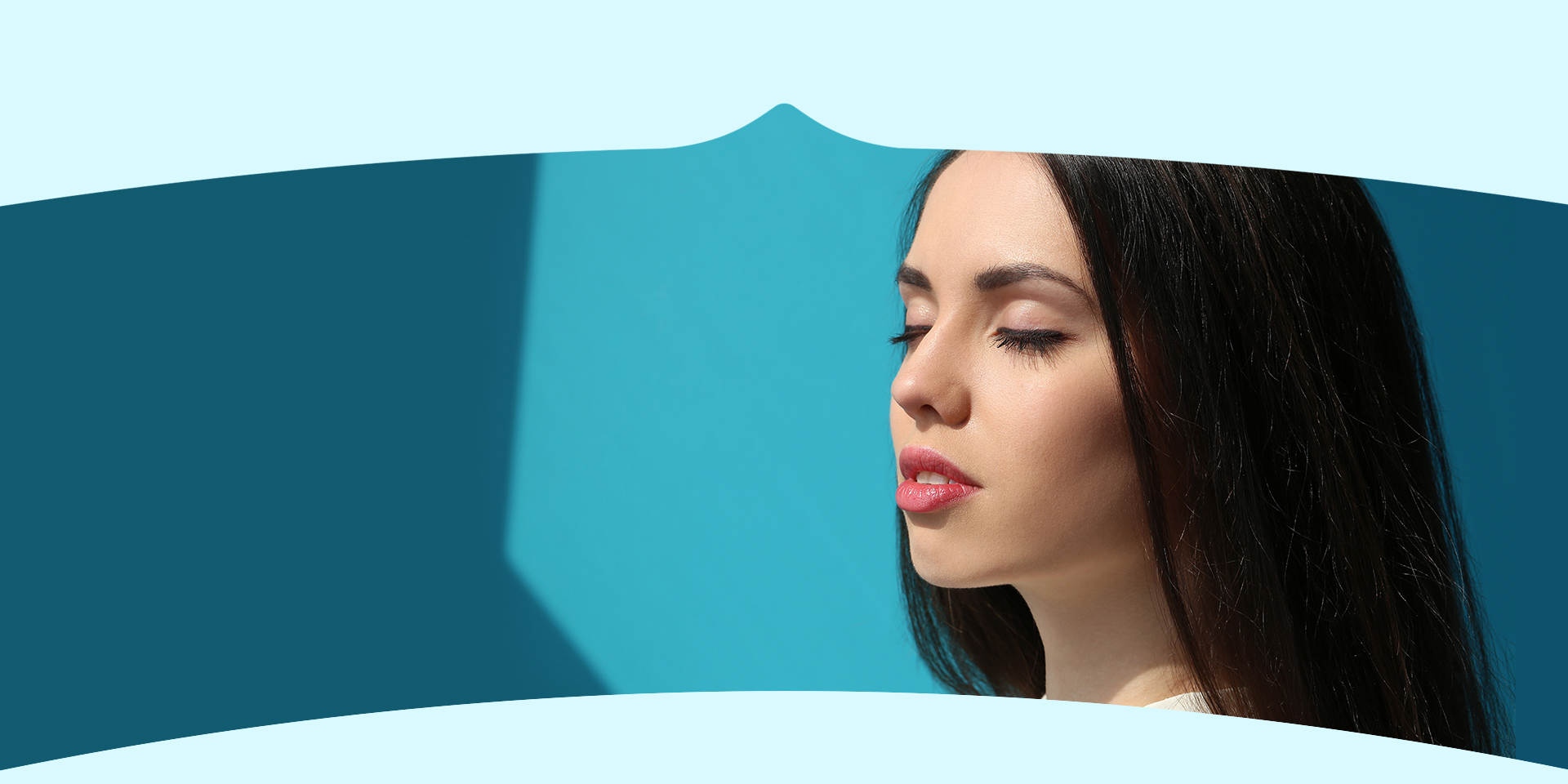 feel the changein your life
feel the changein your life -
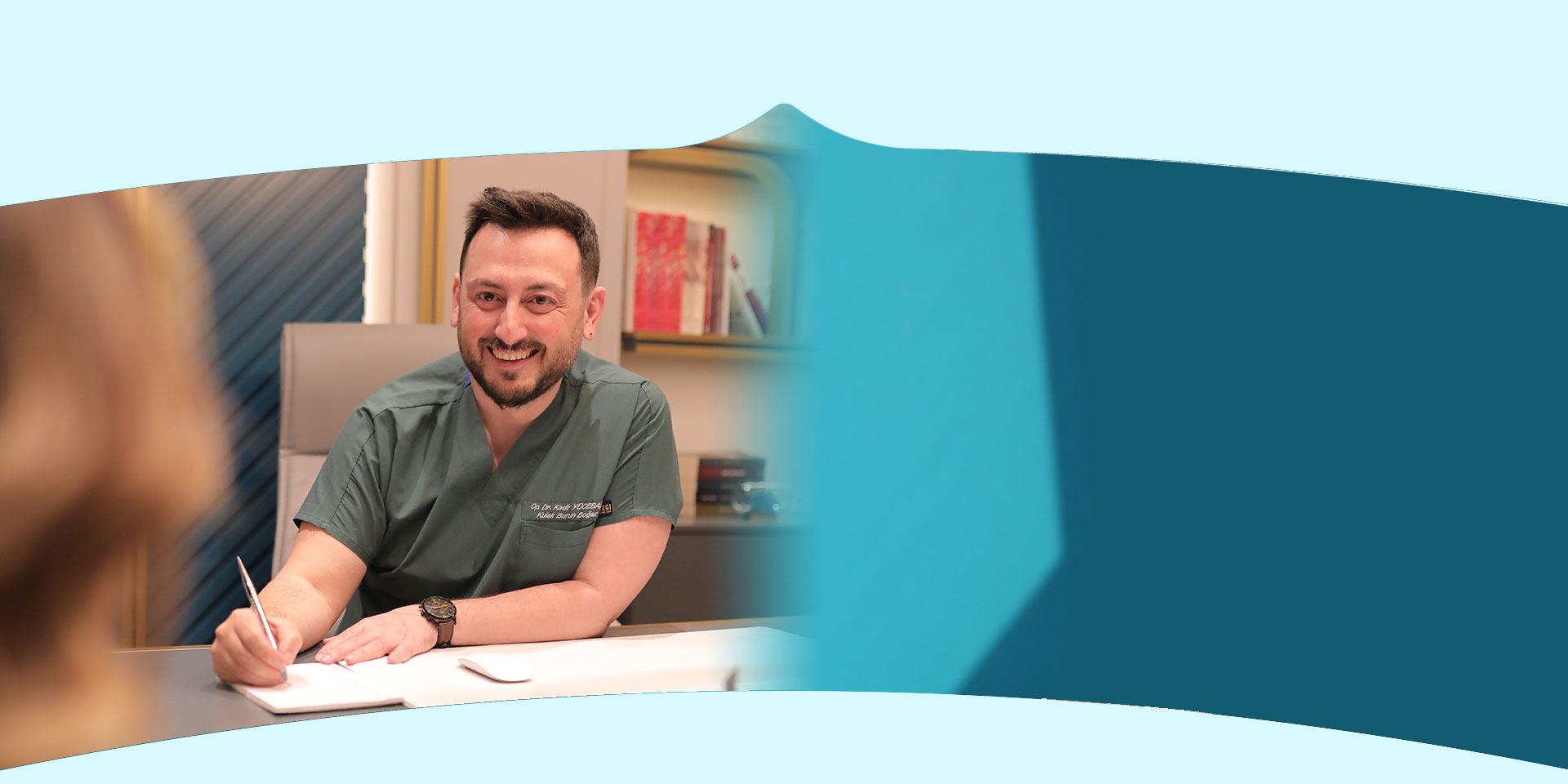 we planthe best for you
we planthe best for you -
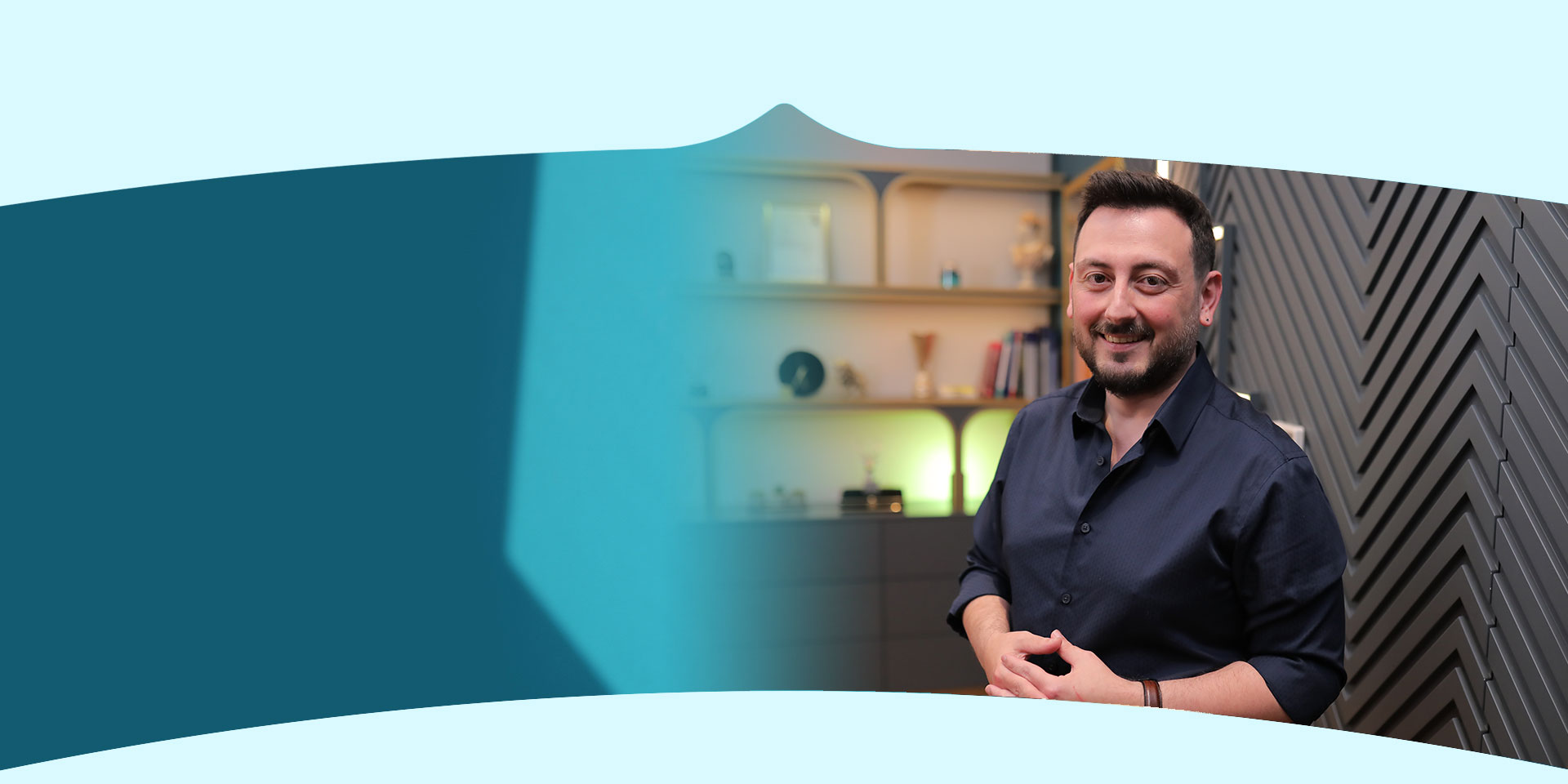 a healthy life startswith a well-breathing nose
a healthy life startswith a well-breathing nose
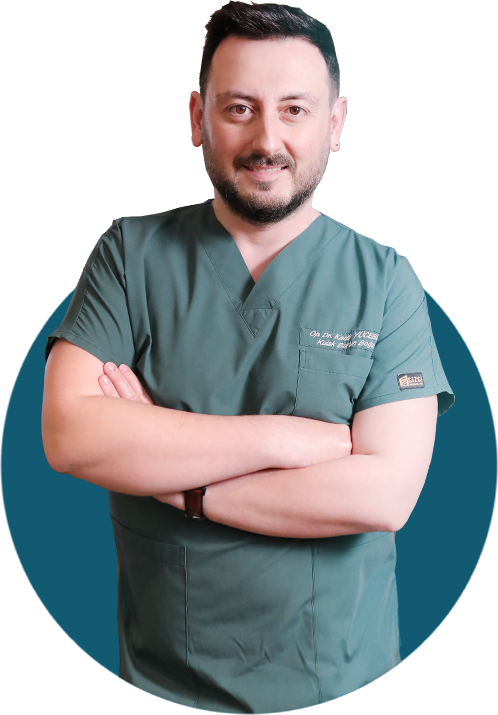
ASST. DOC . KADİR YÜCEBAŞ
Otorhinolaryngology Specialist
Nose and Facial Aesthetics
- Facial plastic surgery
- Rhinoplasty
- Elderly facial surgery
- Pediatric otolaryngology
- Ear surgery
- Head and neck oncological surgery
- Rhinology
make an appointment

Discover a New You!
You can view the before and after images of rhinoplasty performed by Kadir Yücebaş on our Instagram
Before • after
Istanbul is
magnificent destinations
for your a new look
Rapidly in recent years in our country and in the world medical tourism has become a rising trend.

Operation Phase

V. I. P Transfer

Accommodation

Guidance
Timeline to Rhinoplasty
Follow Us On Instagram
Write to us
you can contact us by filling in the form of an accurate and complete manner.
Write to us
you can contact us by filling in the form of an accurate and complete manner.

Contact
Atakoy 7-8-9-10. Kısım Mahallesi Cobancesme E5 yanyol street No:20/2 Atakoy Towers B Block Floor 7 Flat 97 Bakırkoy/Istanbul
+90 531 027 69 66
info@kadiryucebas.com.tr
Working Hours
- Monday: 08:00 - 18:00
- Tuesday: 08:00 - 18:00
- Wednesday: 08:00 - 18:00
- Thursday: 08:00 - 18:00
- Friday: 08:00 - 18:00
- Saturday: 08:00 - 18:00
- Sunday: Closed
Corporate
- About Me
- Privacy Policy
